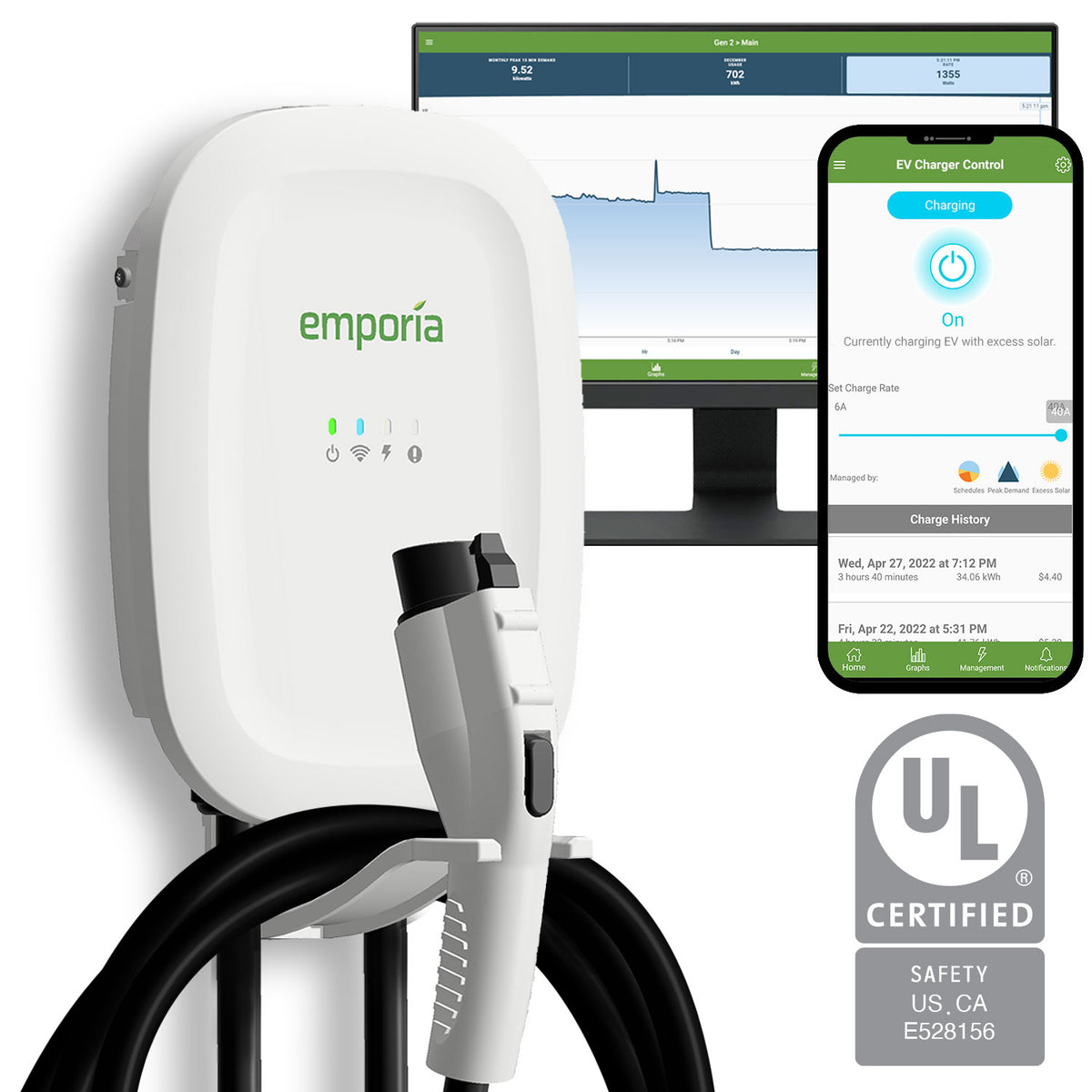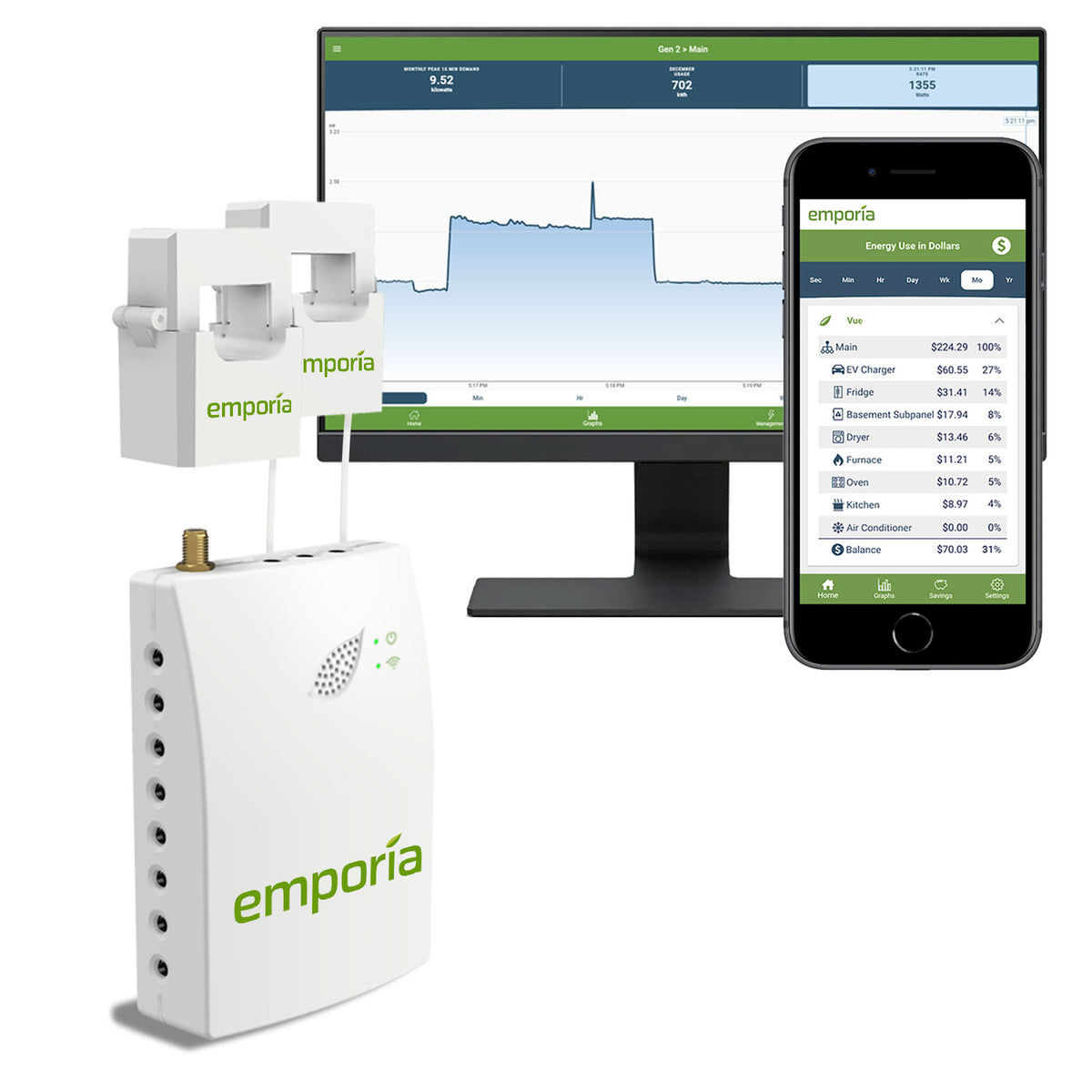Crossposting a bit here from the other thread on amperage:
I downloaded ChargeHQ and ran it yesterday. Intermittent clouds during charging. I have a Fronius inverter and Tesla Powerwalls x 3 with a Tesla Wall charger.
The system ran flawlessly as far as I can tell. Tanked up the Powerwalls and then charged the car almost purely from solar, adjusting for the intermittent clouds until it hit my 70% target for the car. I then made a 3 kWh trip to town late in the afternoon, plugged it in when I got home and the system topped it off. According to TeslaFi, charged at 43, 7, 17 and 13 amps, but I could see on ChargeHQ that it was micro adjusting the amperage. No problems with crashing the Inverter, etc. Yes there were intermittent spikes from the powerwalls due to sampling only every minute but they were tiny. I pulled only 0.2 kWh from the grid yesterday.
I have grandfathered into long term net metering, so there's no financial benefit for me to do this, only purity and bragging rights for solar only charging.







